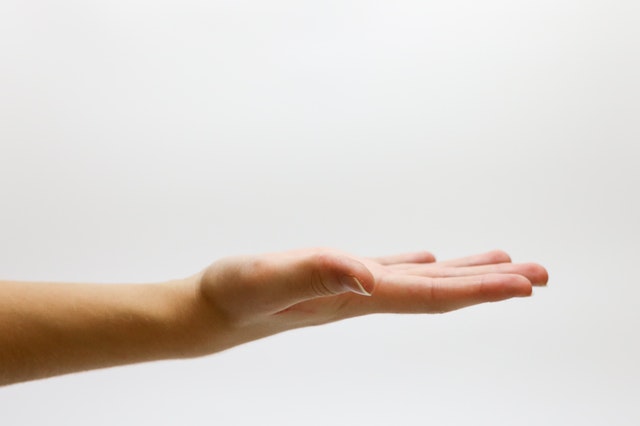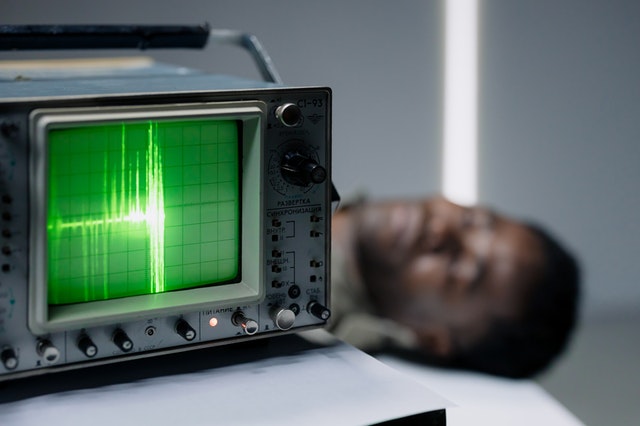The combination of proper hand hygiene and external factors, such as weather, can cause the skin to become dry and sensitive in healthcare professionals. Learning how to take care of your dry hands might help you avoid injury and discomfort.
Practicing proper hand hygiene is the most important way to prevent the spread of infection and illness. Guidelines and suggestions for minimizing pathogen transmission to patients and other healthcare workers are available from both the World Health Organization (WHO) and the Centers for Disease Prevention and Control (CDC). The “why and how” of handwashing has even been studied scientifically.
Depending on how soiled your hands are, you have two options for cleaning them:
- Rub your hands with an alcohol-based sanitizer for normal hand hygiene if they are not obviously dirty. Sanitizer can lower the number of infections fast while still being gentle on the skin.
- If your hands are obviously unclean, visibly stained with blood or bodily fluids, or after using the toilet, you must wash them with soap and water. If you think you’ve been exposed to spore-producing bacteria like Clostridium difficile, you should wash your hands with soap and water (diff).
One of the first things you learned as a CNA was how to wash your hands properly. This post will offer you useful instructions and recommendations if you need a fast review or want to teach others. Approximately 90% of bacteria may be eliminated in that time.
Why is hand care is important?

Nurses can wash their hands up to 100 times throughout a typical shift! Powdered latex or nitrile gloves can irritate the skin as well. It is difficult to keep skin from getting dry and chapped. You may be exposed to cold, windy weather outside of the job, as well as cleaning products that you use at home.
To maintain your skin health, you must take care of your hands. Infection is prevented by the skin. Bacteria can get inside if it cracks, putting you and others at danger. Nurses with dry, damaged hands carried more infections, including Staphylococcus germs than nurses with healthy skin, according to one research.
Maybe you care about Tips to Nailing Patient Charting
Helpful tips for dealing with dry hands
The way you wash your hands is the first step in hand care
Wash your hands with cool or tepid water
Germs are killed by the soap and friction of proper handwashing. The natural oils in the skin are stripped away by hot water, causing even more harm.
When drying your hands, don’t massage them
Because a paper towel’s rough surface might hurt your skin, just use it to blot them. Wet hands are more prone to transfer germs, so dry them thoroughly for around 20 seconds.
Hand dryers that blast hot air should be avoided if at all feasible
A rough paper towel can cause as much damage as hot air. It takes 30-45 seconds to dry your hands using an air dryer.
Irritating contact dermatitis and hand sanitizer
In medical settings, hand sanitizers are commonly used to clean hands rapidly between client encounters and to eliminate dirt that isn’t apparent. The US Food and Drug Administration (FDA) amended its guideline on what active chemicals are allowed in hand sanitizers in April 2019, allowing customers to use them safely.
Ethyl alcohol is the most common main ingredient in hand sanitizers; according to FDA rules, it must make up more than 60% of the solution to efficiently destroy germs. Although alcohol appears to be a harsh substance, it is really less harmful to the skin since it is applied without friction and dries fast.
Excessive usage of hand sanitizer, on the other hand, might cause irritating contact dermatitis if you have dry skin. When the dryness is extreme, the most frequent sign is red hands with cracks and fissures. Instead of sanitizer, use soap and water. If your dermatitis does not improve or worsens, you should see your doctor.
Carry and apply a heavy-duty moisturizer to your skin
A light hand lotion will not be able to protect or heal your extremely dry hands’ skin very well. You will want a cream or ointment that will withstand repeated hand washings. Keep a tube in your pocket and use it on a regular basis. Aveeno Intense Relief Hand Cream, Burt’s Bees Shea Butter Hand Repair Cream, Eucerin Advanced Repair Hand Cream, and Neutrogena Norwegian Formula Hand Cream are some examples of heavy-duty moisturizers (in alphabetical order). Find one that suits you best for your dry skin hands and make it a habit to use it during your shift.
Maintain your hand care routine on your days off
When you are not working, don’t forget to use hand cream. Although you won’t need to use it as frequently, don’t pass up the opportunity to assist in the recovery and healing of the dry skin on your hands.
Wear gloves to protect your hands when the weather is cold, raw, or windy. If you are a gardener, make sure you are wearing gloves whenever you’re outside. Apply lotion after removing your gloves.
Applying a coat of petroleum jelly to your hands before going to bed is another excellent hand care method. Cotton gloves or old cotton socks can be used to protect your hands. Sleep with these on and your hands will be moisturized throughout the night.
You will definitely feel better at work or everywhere you go if you take care of your hands. You can not ignore hand care as a healthcare worker, especially if you have dry hands. We hope this article will help you focus on a hand care routine, which can surely help you avoid dry, as well as damaged skin.
Visit our websites to get more information and free CNA practice exam. To download, visit our website for your IOS or Android device.

Top Registered Nurse Interview Tips
Remember some important registered nurse interview tips in our post is an excellent way to ensure that you are well-prepared for the interview.
January 1, 2022

Everything That You Should Know About The CNA Online Test
Lots of students have wondered about the CNA online test as well as what should be remembered when taking it. Let’s get started!
January 1, 2022

All You Need To Know About Checking The Apical Pulse
What is the apical pulse which is the method to check it? Here we will help you with the following beneficial information. Let’s get started!
January 1, 2022

